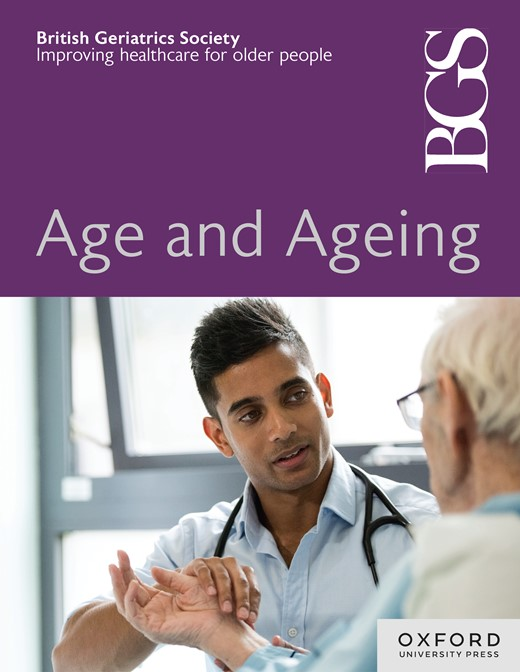Assessing Adherence to Acute Stroke Therapy Guidelines: An Audit Study
IF 7.1
2区 医学
Q1 GERIATRICS & GERONTOLOGY
引用次数: 0
Abstract
Background The 2023 National Clinical Guidelines for stroke for the UK and Ireland recommended that people with motor recovery goals post stroke should receive at least 3 hours (180 minutes) of rehabilitation per day on at least 5 out of 7 days a week. This is a significant change to previous guidelines that recommended that patients receive at least 45 minutes of each therapy for a minimum of 5 days (NICE 2013). In 2022, the UK Sentinel Stroke National Audit Programme found that only 11.9% received more than 45 minutes of physiotherapy. This highlights that many services were not achieving previous recommendations. Methods In an Irish hospital, two new stroke assistant posts were funded with the aim to maximise therapy time. An audit was performed on compliance with the 2023 national guidelines on an acute stroke unit in august 2023 for patients that were identified as having motor goals post stroke. Data was collected in the form of minutes of direct patient contact time by each therapy –physiotherapy, occupational therapy, speech and language therapy and therapy assistants. This data was compared against recommended therapy time and presented as a percentage of this. Results 9 acute stroke patients who were identified as having motor goals were randomly selected. It was found that none of these patients were meeting current therapy guidelines. When compared to the recommendations, the average amount of therapy that patients received per day ranged from 44 minutes – 132 minutes. On average, patients received 49.1% of recommended therapy. It was also found that therapy assistants were providing, on average, 59.3% of the actual therapy received. Conclusion Stroke patients are not receiving the recommended amount of therapy as per the most recent guidelines. Although the addition of stroke assistants significantly increased therapy time, guidelines were still not achieved.评估急性卒中治疗指南的遵守情况:审计研究
背景 英国和爱尔兰《2023 年国家中风临床指南》建议,中风后有运动恢复目标的患者每周 7 天中至少有 5 天每天接受至少 3 小时(180 分钟)的康复治疗。以前的指南建议患者在至少 5 天内接受每次至少 45 分钟的治疗(NICE,2013 年)。2022 年,英国哨点卒中国家审计计划发现,只有 11.9% 的患者接受了 45 分钟以上的物理治疗。这表明许多服务并未达到之前的建议。方法 一家爱尔兰医院资助了两个新的卒中助理职位,目的是最大限度地延长治疗时间。2023 年 8 月,对急性中风病房中被确定为中风后有运动目标的患者是否符合 2023 年国家指南进行了审核。数据收集以每种疗法(物理治疗、职业治疗、言语和语言治疗以及治疗助理)与患者直接接触时间的分钟数为形式。将这些数据与建议的治疗时间进行比较,并以百分比的形式呈现。结果 随机抽取了 9 名被确定为有运动目标的急性中风患者。结果发现,这些患者均未达到现行治疗指南的要求。与建议相比,患者每天接受治疗的平均时间从 44 分钟到 132 分钟不等。患者平均接受了 49.1% 的建议治疗。研究还发现,治疗助理提供的治疗平均占实际治疗的 59.3%。结论 脑卒中患者接受的治疗未达到最新指南的建议量。虽然增加了中风助手,治疗时间明显增加,但仍未达到指南要求。
本文章由计算机程序翻译,如有差异,请以英文原文为准。
求助全文
约1分钟内获得全文
求助全文
来源期刊

Age and ageing
医学-老年医学
CiteScore
9.20
自引率
6.00%
发文量
796
审稿时长
4-8 weeks
期刊介绍:
Age and Ageing is an international journal publishing refereed original articles and commissioned reviews on geriatric medicine and gerontology. Its range includes research on ageing and clinical, epidemiological, and psychological aspects of later life.
 求助内容:
求助内容: 应助结果提醒方式:
应助结果提醒方式:


